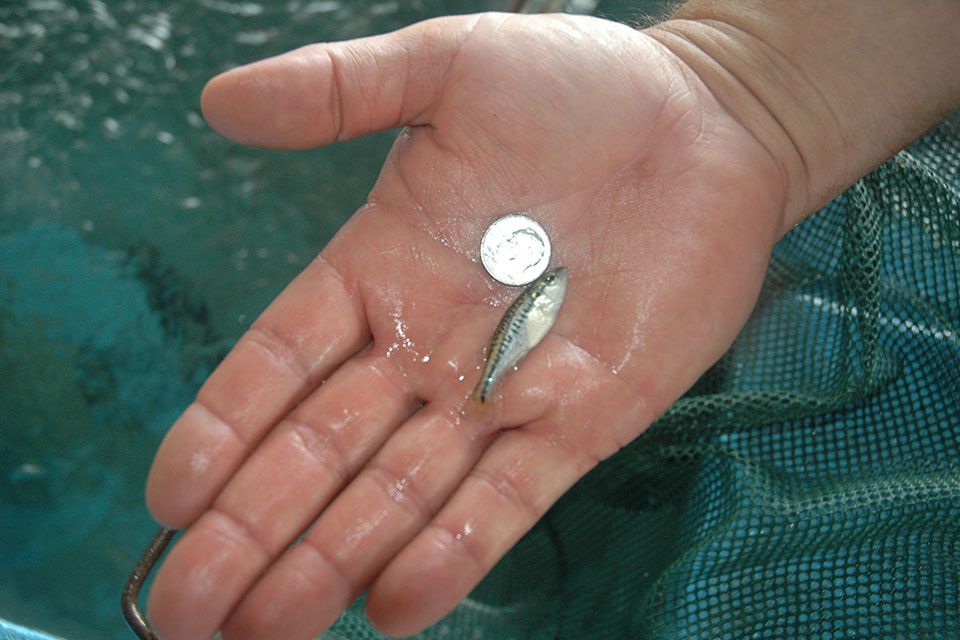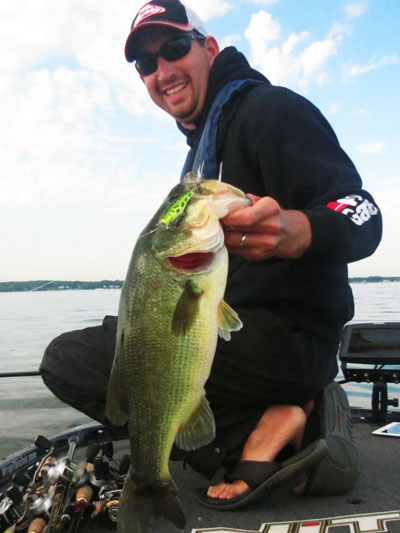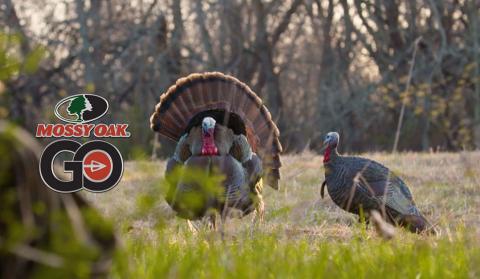Don C Keller - Certified Fisheries Scientist

Approximately 40 years ago, I left graduate school after completing a research project entitled “Age and Growth of Largemouth Bass in Lake Eufaula.” Soon after, I accepted a job as a District Fisheries Biologist and for a short period of time, I felt I was one of the world’s foremost authorities on anything to do with largemouth bass. This was very short lived. Now after working on thousands of lakes and assisting in the production of tens of millions of bass fingerlings, I realize how little I knew then and how little I know now. However, I have gained a little knowledge along this journey.
Here are 10 of the more frequently asked questions I receive from lake owners and fishermen.
1. How big does a bass have to be to spawn?
I have seen bass that were 7 inches and fat spawn. Usually bass will spawn when they are one year old and approximately one pound in size in ponds in the south. In reservoirs and streams they may reach 6 to 7 inches at age one and spawn at age two.
2. How many eggs does a female have?
Females may have from 3,000 to 30,000 eggs per pound of body weight. We usually figure about 5-10,000 eggs per pound for production purposes. Also, females usually do not release all their eggs. We have moved females that have already spawned to a new pond and then get about 30 to 40% of the eggs that we got on the first spawn.
3. How long will a bass live?
Bass in cooler areas tend to live longer. The maximum would be 16 to 20 years. The average bass would usually live 5 to 10 years.
4. How fast can a bass grow?
Last May we stocked a lake with 2 inch Tiger Bass fingerlings. We came back to this lake in November and electrofished the lake and were recovering bass over 2 pounds. We have seen bass that were 7 pounds at age two and 14 pounds at age 6 ½. Three to four pounds in one year is max.
5. How can I tell a Florida bass from a Northern bass? 
You can’t. The only way to tell for sure is by genetic testing. Biologists usually take a fin clip and send it to a lab. Coloration or pigmentation is not a way to tell.
6. Why do bass sometimes appear to be pale in the winter?
The water is usually muddier or stained in the winter. The markings on the bass are determined to some degree by the clarity of the water and the color of the substrate. Clear water allows the light to pass through the pupil of the bass’s eye and strike the pituitary gland. This stimulates the bass to dilate special cells on the skin called melanaphores which contain melan, a black pigment. This reaction makes the blotches or barring on the bass much more distinct.
7. If I catch a bass on a large lake and release it, will it stay close to where I released it?
Yes and no. Maybe. Some bass are “homers” and some are “travelers.” One study found that 90 % of the bass caught, tagged and released were recaptured within 100 yards of the release point. Another study found that over 90% of the bass tagged and released moved a great distance, many traveled up to 16 miles away. This supports what I found in my study on Lake Eufaula. Some bass would be caught by anglers near where we released the fish while others would show up miles away at the other end of the lake.
8. Will a largemouth cross with a smallmouth?
This is very, very rare. When it does happen it is accidental. Keep in mind that they prefer different spawning habitats. The smallmouth prefers deeper rocky areas and the largemouth prefers wind protected coves. The real kicker here is that the bass sperm is only viable for about one minute after it is released by the male so it is unlikely to drift to an unintended partner and fertilize the eggs.
9. Does it hurt the population to catch bass off the spawning bed?
What difference does it make if you remove a female in February prior to spawning or remove her in April as she is spawning? Spawning bass are not that easy to catch. Most private lakes are under harvested and should have more bass removed so there will be more food available to fatten the remaining bass.
10. Are bass strictly sight feeders?
Bass have senses of sight, smell, hearing and touch. They can pick up vibrations in the water by nerve cells in their lateral line and can pick up higher frequency sounds by their inner ear or otolith. This allows them to feed in muddy water and at night. Bass can smell and taste. We train our bass at American Sport Fish Hatchery to eat a pelleted salmon diet by first getting them to eat krill which they can smell and taste. We then transition them to a feed that has a high content of fish meal which they can detect. They won’t eat catfish food which has a lot of soybean meal.
~
For more GameKeeper articles, read “Habitat Structure for Producing and Holding More Fish.” Some fish species relate to bait more than structure. But even when that’s the case, the bait they’re after usually relates to structure of some kind.




























